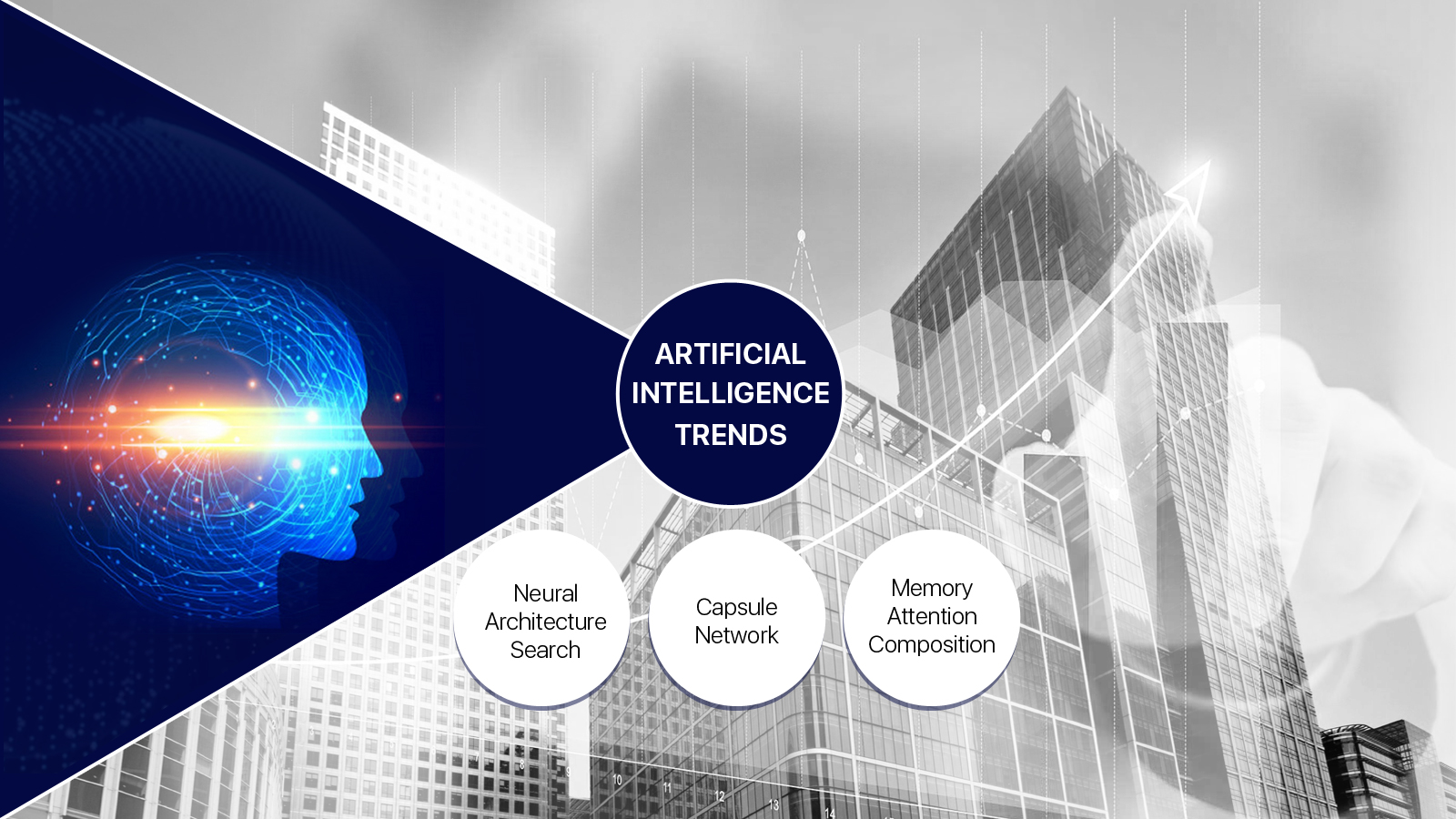Intelligence is the computational part of the ability to achieve goals, while artificial intelligence or AI uses computers to understand human intelligence that need not confine itself to the methods that are biologically observable.
Attention mechanism in AI systems
Artificial intelligence or AI uses machine learning to mimic human intelligence. In machine learning, attention is specifically useful in the sequence of prediction and solving problems. Attention mechanisms have received increasing attention from the AI community in the past few years and have been applied in many natural language processing (NLP) tasks. Attention mechanism can be used for object recognition in machine intelligence to ignore irrelevant objects in a scene and effectively perform object recognition task in a clutter. The wonderful thing about attention is that it provides an easier way to solve reinforcement learning problem by taking all actions to varying extents. Reinforcement learning takes a single path and tries to learn from that while attention takes every direction at a fork, and then merges the paths back together.
Propensity and uplift modeling
A computer has to learn how to respond to certain actions, and for this, it uses algorithms and historical data to create something which is known as the propensity model to make predictions. Uplift modeling takes propensity modeling a step further by making a comparison of conditional probabilities to estimate the uplift in return on investment with marketing activities and messages. Propensity and uplift modeling can be used by sophisticated marketing teams for streamlining their sales funnel and estimating the value of any given customer.
Recurrent neural networks (RNNs)
Recurrent neural networks (RNNs) can be used to work with sequences of text, audio and video data, and to boil a sequence down into a high-level understanding. While basic RNN design struggles with longer sequences, its “long short-term memory” variant can achieve excellent results in language translation, image captioning and voice recognition. Adaptive Computation Time allows RNN to do multiple steps of computation for each time step. In order to learn how many steps to do, RNN makes use of attention distribution over the number of steps to run to get a weighted combination of outputs for each step.
Next-gen AI techniques
The current state of AI application development can do many things but there are many challenges like a generalization of learning to work out to reach human-like brains. Latest AI developments include:
- Memory attention composition (MAC): The controller is separated from memory and its read and write operations and layers stacked to form a bigger network, allowing MAC network to answer questions to the visual content presented to it. Machine reasoning is an example use case of MAC.
- Neural architecture search: In this parent-child network architecture, the parent proposes a child model architecture randomly, and trained and evaluated on quality parameter. The outcome is used to improve the next generation of child model architecture. NAS is essentially about AI designing another AI.
- Capsule network: It takes into account spatial relationships and can recognize object rotation. The network has artificial neurons capsuled into each other in hierarchies to deal with various complications.
- Differentiable neural computer: The network has a memory matrix to read and write data, and acts like DNA encoding.
Deep learning – self-educating machines
Artificial intelligence is an interdisciplinary science with multiple approaches, and advancements in machine learning and deep learning are creating a paradigm shift. Deep learning breakthroughs are driving AI boom. Deep learning is being implemented in as diverse areas as healthcare, human resources, self-driving cars, expert systems, robotics and earthquake detection.
BERT – Google’s improvement in AI
Search engines like Google use AI algorithm Rankbrain to determine and present the user with the most appropriate results for a search query. Google uses a new bidirectional model known as Bidirectional Encoder Representations from Transformers or BERT. The novelty of BERT over the unidirectional (left or right) content of words in NLP is that it builds binary classification task to predict if sentence B follows immediately after sentence A, which allows the model to determine the relationships between sentences. Google’s improvement in AI can lead to more accurate chatbot behavior, machine translations and automated email responses.
Heuristic search
A lot of interesting forms of intelligence are in interaction between heuristic human intuitions and media like language or equations. The media could store information, prevent us from making a mistake and does the computational heavy lifting for us. Recent advances in machine learning have this flavor of heuristic search.
Impact of AI on business
The impact of deep learning in business applications is huge, as we see improved outcomes in the areas of NLP and computer vision, including facial recognition, people analytics and customer review analysis. Current limitations of deep learning approaches can be overcome by combining AI with insights from other disciplines such as symbol manipulation and hybrid modeling. The underlying techniques of artificial intelligence are incredibly exciting, and we just need to see what happens next.


 Parimal
Parimal


